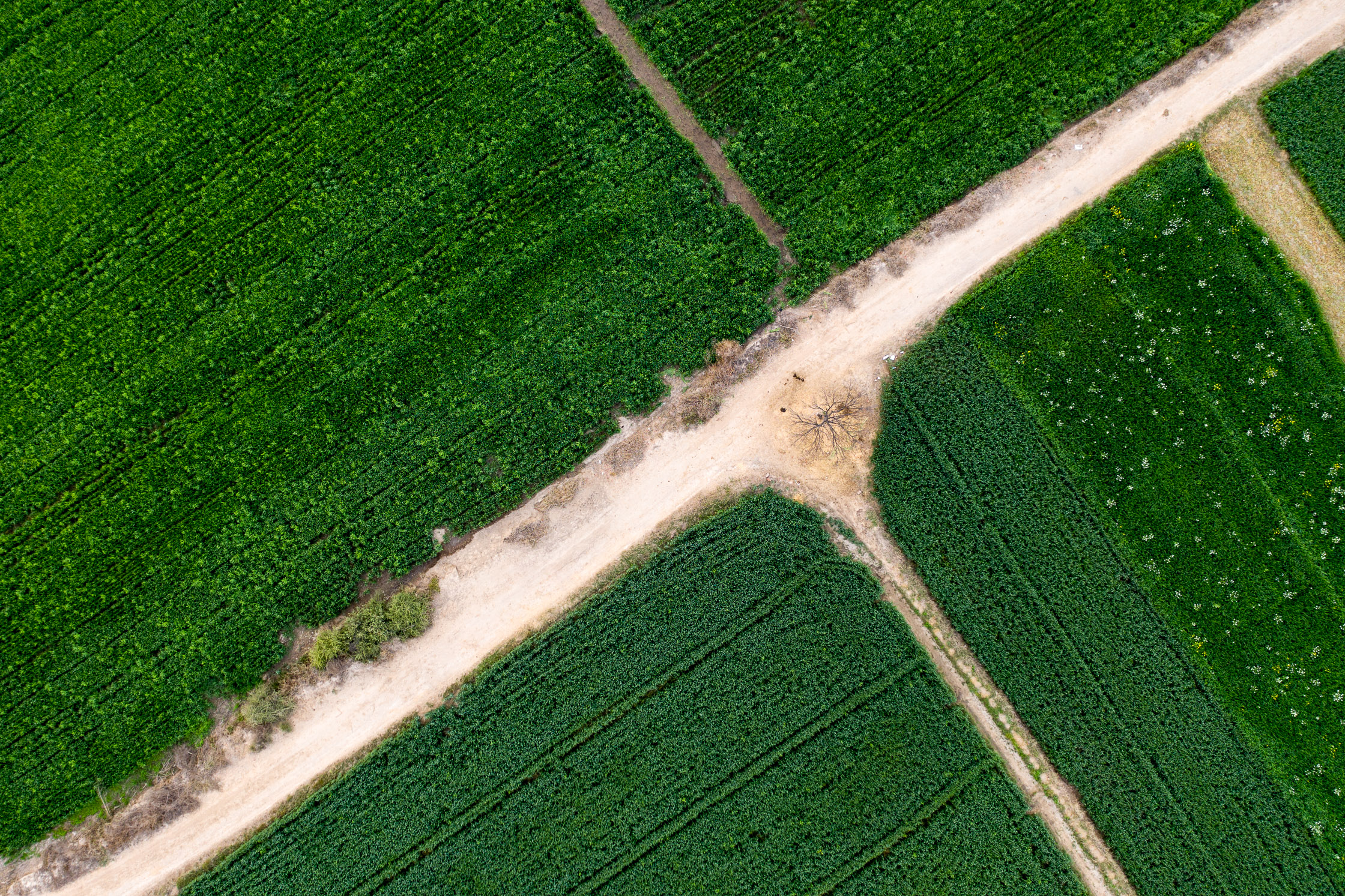Submitted by Sarah Bailey on Thu, 31/10/2019 - 12:39
On Saturday 19 October, as part of Cambridge University’s Festival of Ideas, three TIGR2ESS researchers from very different fields got together to share how past, present and future technology could provide solutions to India’s water crisis.
TIGR2ESS is a large multidisciplinary research programme, with researchers in fields as diverse as molecular biology, social science, geography and public health. The Festival of Ideas was a great opportunity for us to showcase this diversity whilst giving the public a sense of how such contrasting research can achieve the same aim: in this case, attempting to solve the ongoing water crisis in India.
Our three speakers were archaeologist Dr Adam Green from Flagship Project (FP) 4 and economist Dr Ettore Settanni and engineer Dr Naoum Tsolakis, both from FP5. Together they showed how insights from the past, the present and what might happen in the future could all be used to redefine sustainable water use. They spoke to a packed room of festival goers at the McDonald Institute for Archaeological Research.
First up, Adam started by showing how archaeological mapping techniques are giving tantalising clues about ancient water use. Adam’s research is unearthing how some of the world’s first cities of the Indus civilisation of north west India in around 2600 BC responded to changing monsoon rains by moving into many smaller settlements to make better use of local water ways. He also described how the Kakatiya dynasty, which ruled the area surrounding modern day Warangal from 956 to 1323 AD, devolved control of irrigation to local people, who irrigated their land by controlling the flow of water from huge man-made tanks. Adam’s research suggests that local knowledge and resource use improved water sustainability in ancient civilisations – empowering modern day local people to control water use could do the same.
Next, Ettore added in the complexities of the 21st century – namely that water use no longer occurs depends directly on local settlements as it did during the Indus civilisation. In the modern world natural resources are “consumed” by countries far away through trade networks. This represents a paradigm shift in how we should think of economic networks – as well as money, there is also an interdependency and “movement” of natural resources.
By understanding how water "flows" between different countries for different commodities, such as crops, we could give farmers, consumers and processors greater visibility of how production or consumption choices may impact scarce natural resources at distant locations. Working out the amount of water that is virtually ‘carried over’ at each stage of production and consumption might prove to be surprisingly higher than what immediate usage suggests.
So, what of the future? Naoum Tsolakis gave the audience a possible glimpse through the development of precision irrigation robots for watering high value crops such as kinnow (a large citrus fruit). There is great potential to improve the livelihoods of farmers in India through precision watering, as high value crop yields are often greatly affected by water use: too much or too little and the plants aren’t as productive as they could be. By giving farmers tools to make informed judgements on when to water and how much, they can be empowered to take charge of local resources, whilst simultaneously improving their livelihoods.
After these three engaging talks there was some very thoughtful discussion with the speakers, including insights from several audience members of Indian heritage, and a chance to watch a high-tech robot at work. Through what may seem like completely unrelated topics, our three speakers demonstrated how their research could together empower local farmers in modern-day India to steward water use for a more sustainable future.

